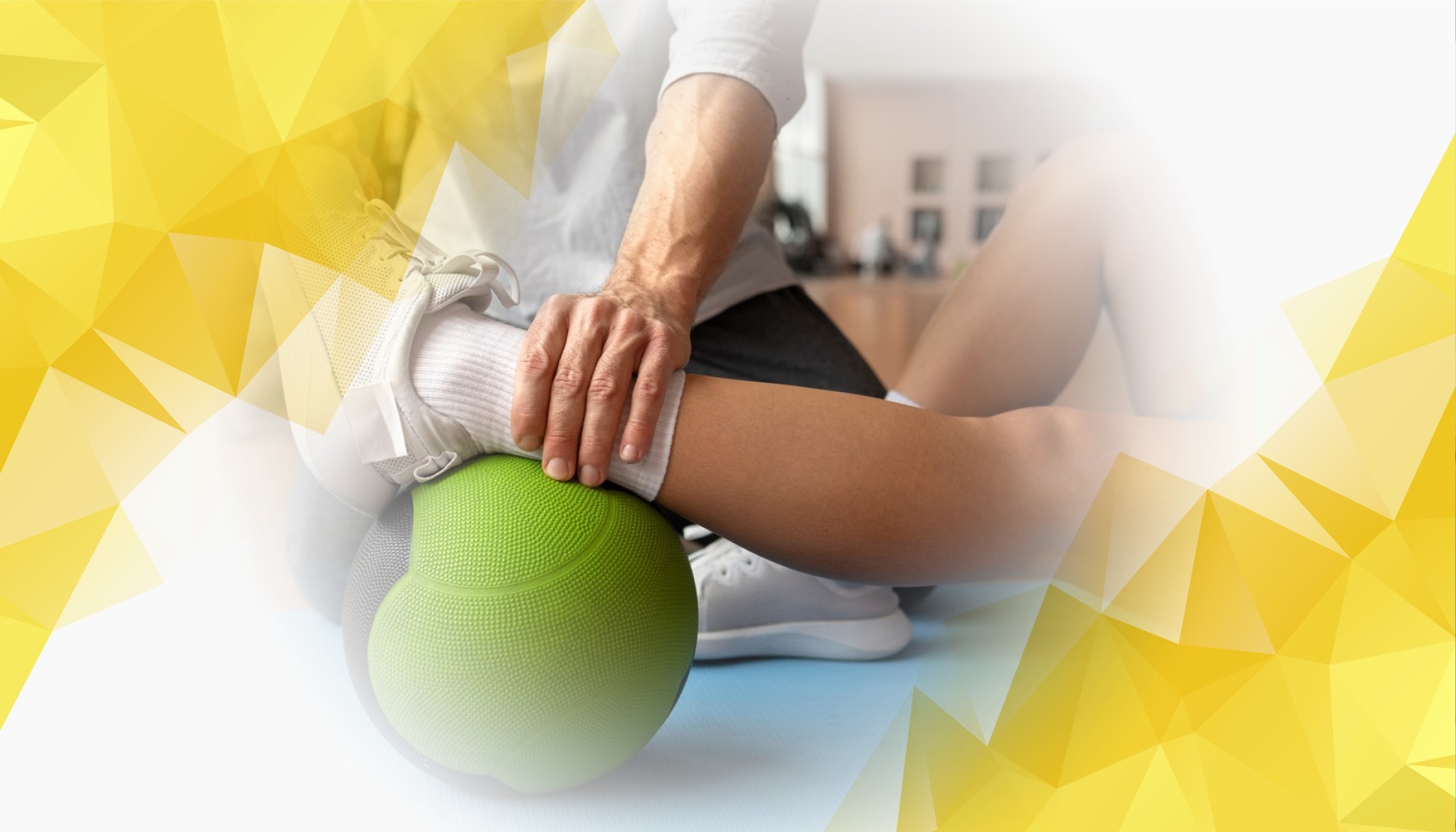Today’s healthcare landscape is moving rapidly toward personalized rehabilitation and assessment. The old “one-size-fits-all” approach can’t keep up with patients’ unique needs. Enter MAI Motion : an advanced markerless motion-capture platform that dynamically adapts treatment plans based on real-time movement data. As clinical care demands more accuracy and efficiency, platforms like MAI Motion are quickly becoming essential tools. Here, we’ll dive into how real-time motion insights fuel truly customized treatment, leading to better patient outcomes while streamlining clinical routines.
The Science Behind Customized Motion Analysis
Recent research has revealed that collecting just three sit-to-stand repetitions—rather than the traditional five—provides reliable data and is noticeably easier for patients to complete. Making assessments quicker and less taxing encourages patients to stick with their rehabilitation. MAI Motion builds on this research by automatically calibrating the number of repetitions according to each patient’s abilities, striking a thoughtful balance between precision and comfort.
But personalization goes beyond shortening tests. MAI Motion harnesses advanced algorithms, using processes like Principal Component Analysis (PCA) to analyze even the smallest details of joint movement. This approach uncovers unique motion patterns—called ‘biomarkers’—that reveal exactly how an individual moves. The result? Treatment plans tailored to what each patient truly needs, enabling clinicians to concentrate on the areas most essential for recovery. These insights help clinicians go far beyond a basic assessment, supporting a level of personalization that wasn’t possible before.
Smooth Integration Into Clinical Workflows
A major strength of MAI Motion is how seamlessly it fits into daily clinical routines. Clinicians can upload standard video—taken on smartphones or regular cameras—to a secure cloud platform, which quickly processes the footage and delivers easy-to-read reports. Specialized equipment becomes optional, not required, making adoption much simpler. There’s also a beta feature for remote assessments using a mobile phone camera, giving patients and clinicians more flexibility than ever.
MAI Motion ’s customization options go even further. Healthcare professionals can adjust assessment parameters, such as the types of movements to analyze and the number of repetitions performed. This flexibility ensures each evaluation and treatment plan is tailored to a patient’s specific abilities and goals. Notably, research has confirmed that standard video cameras can reliably capture clinically significant motion data, making these new approaches accessible and effective in real-world healthcare settings.
Transforming Patient Outcomes
Streamlining assessments by reducing repetitions not only makes them easier—it also significantly improves patient comfort and engagement. Patients feel less fatigued and more motivated, which supports sustained participation in rehabilitation programs. This approach doesn’t sacrifice accuracy; instead, it often leads to more consistent, higher quality data and more reliable progress tracking. With MAI Motion , clinicians can confidently prioritize patient wellbeing alongside clinical rigor.
Personalized plans crafted from MAI Motion data can mean faster recoveries, fewer falls, and more precise monitoring of each individual’s rehabilitation journey. These tangible results demonstrate what’s possible when you move away from generic protocols and embrace customized care. For example, in knee rehabilitation , motion-based biomarkers can help clinicians measure treatment success or track disease progression over time—a major step forward for outpatient and specialty clinics alike. As one study notes, small differences in joint movement —such as a 10-degree variance in knee mobility—can be key to effectively identifying gait abnormalities and optimizing treatment in a variety of clinical environments.
The Future of Personalized Care
Looking ahead, advancements in artificial intelligence (AI) and sensor technology will make care even more tailored and predictive. Combining wearable devices, video footage, and robust machine learning models, future motion analysis will anticipate patterns and enable even finer-grained adjustments to care—often in real-time.
MAI Motion is also broadening its capabilities, expanding support for people with osteoarthritis , stroke recovery, and muscle loss due to sarcopenia. Home-based monitoring features are in development as well, increasing convenience and continuity of care for patients outside the clinic. By combining powerful analytics with ease of use, MAI Motion is helping set new standards for what personalized healthcare can achieve.
To sum up, MAI Motion is transforming rehabilitation and assessment by pairing intuitive markerless motion capture with robust, real-time analytics. This approach drives engagement, supports data-driven clinical decisions, and leads to better, faster outcomes. For healthcare providers eager to deliver truly individualized care, MAI Motion represents a forward-thinking solution that meets the diverse and evolving needs of today’s patients.
References
Armstrong, K., Zhang, L., Wen, Y., Willmott, A. P., Lee, P., & Ye, X. (2024). A marker-less human motion analysis system for motion-based biomarker identification and quantification in knee disorders. Frontiers in Digital Health. https://doi.org/10.3389/fdgth.2024.1324511
Wen, Y., Verma, T., Whitehead, J. P., & Lee, P. (2025). Empirical validation of a streamlined three-repetition sit-to-stand protocol using MAI Motion. Applied Sciences, 15(10), 5688. https://doi.org/10.3390/app15105688
Armstrong, K., Wen, Y., Zhang, L., Ye, X., & Lee, P. (2022). Novel clinical applications of marker-less motion capture as a low-cost human motion analysis method in the detection and treatment of knee osteoarthritis. Journal of Arthritis, 11(6). https://doi.org/10.4172/2167-7921.2022.11.053

